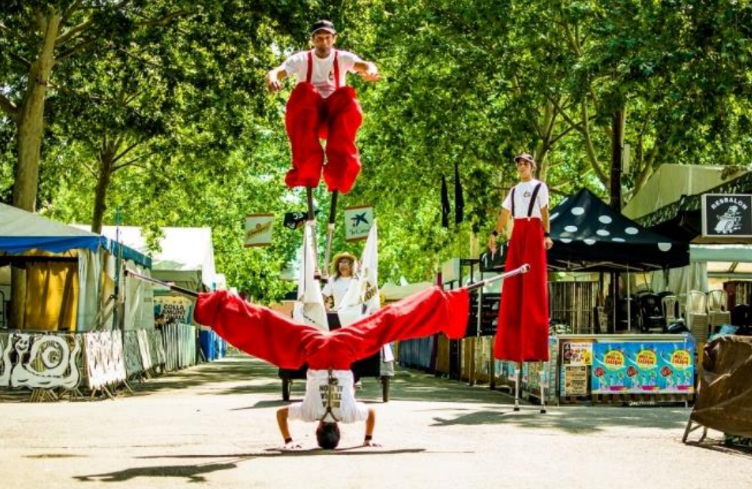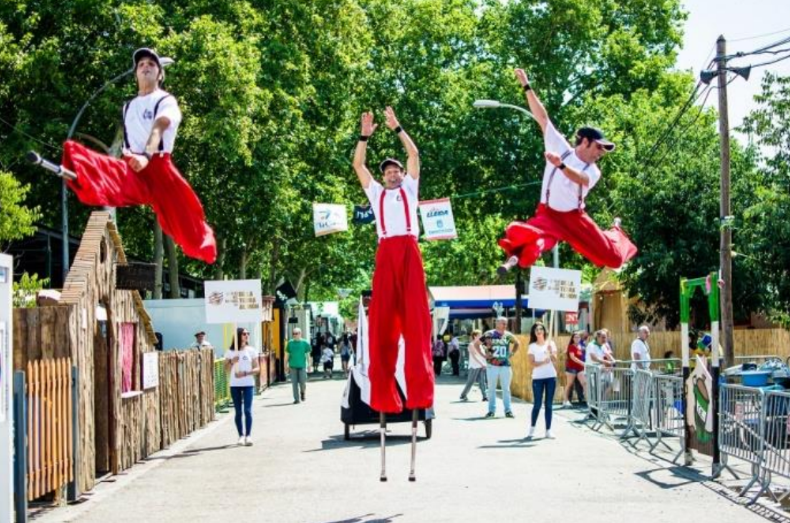Stilts have been part of the history of many cultures, used in shows as well as in traditional labor and ritual activities. From ancient China to modern festivals, walking on stilts has been a practice with multiple meanings and applications in the world.
In Ancient Greece, stilts were used in theater to give actors more presence and height on stage. There are also records of their use in medieval Europe, where shepherds used them to cross swampy terrain and watch over flocks. In France, during the 18th and 19th centuries, inhabitants of the Landes region walked long distances on stilts to move through their extensive wetlands.
In Asia, stilts have been a fundamental part of traditional celebrations. In China, for example, they have been used for centuries in festivals such as the Chinese New Year, where acrobats and dancers perform impressive choreographies on stilts. In Japan, “Takeuma” is a local version of stilts that children have used as a traditional toy to improve their balance and agility.
In Latin America and Africa, stilts play a prominent role in dances and rituals. In Venezuela and Trinidad and Tobago, “Moko Jumbies” are spiritual figures who walk on stilts in carnivals and festivals, representing the connection between humans and ancestral spirits. In Africa, tribes like the Dogon of Mali incorporate them into initiation ceremonies and religious festivities, symbolizing protection and power.
Some of the main ways stilts have been used include:
- Tool for farmers and gatherers
- Central element in festivals and popular celebrations
- Part of physical and artistic training
- Symbol of skill in street performances and circus


Currently, the use of stilts has evolved and become an artistic and sports practice. Dancers, acrobats, and street artists have adopted them as an extension of their body expression, allowing for innovative and striking movements on stage.
If you are passionate about history and the art of movement, exploring the evolution of stilts can be a fascinating experience. Learn more about this discipline and how it has impacted different cultures over time.



